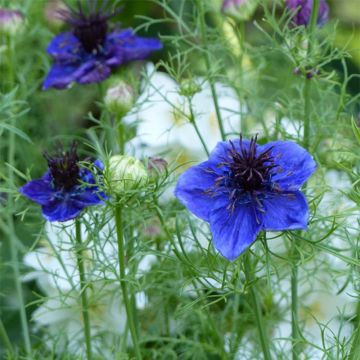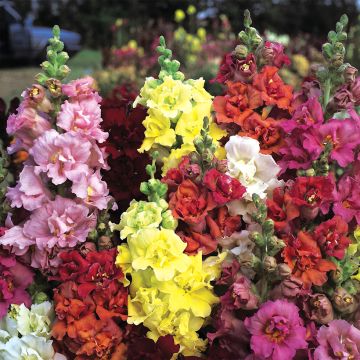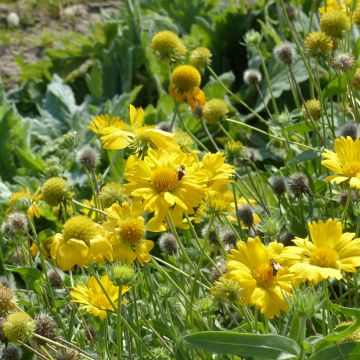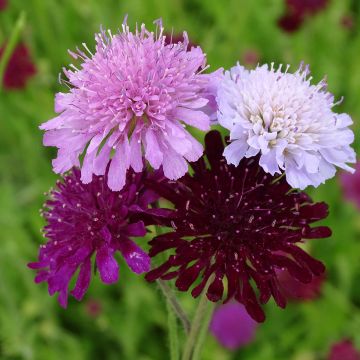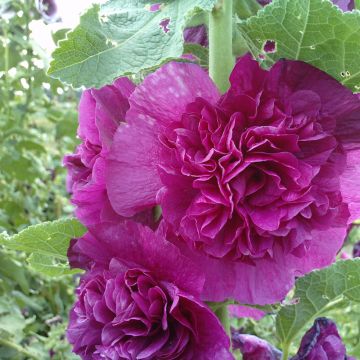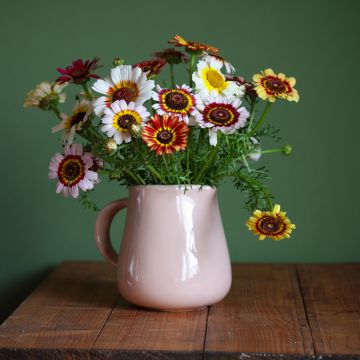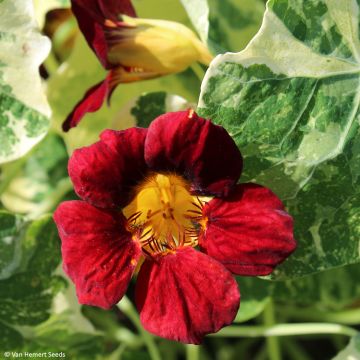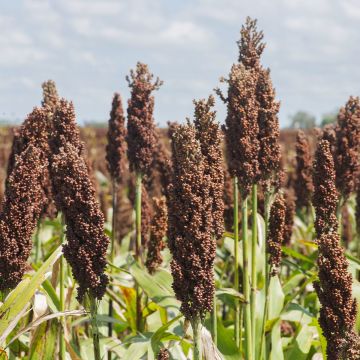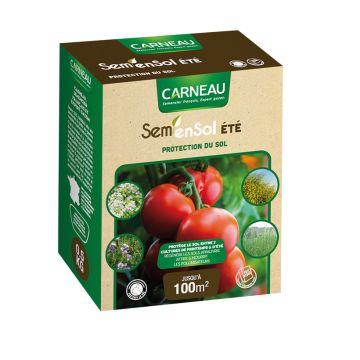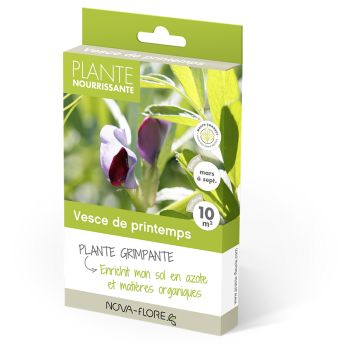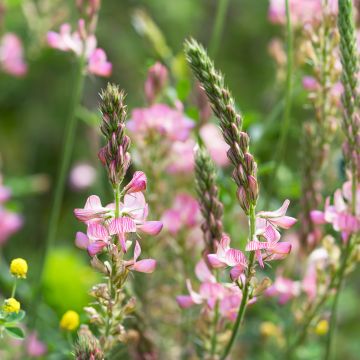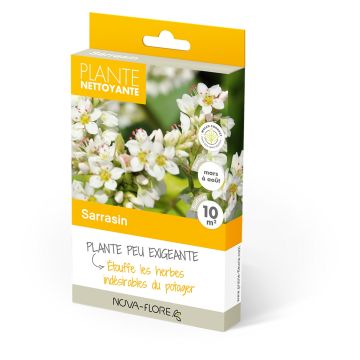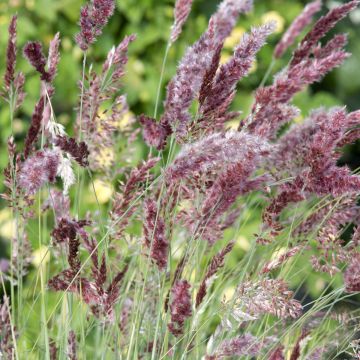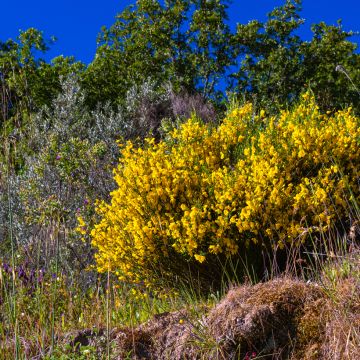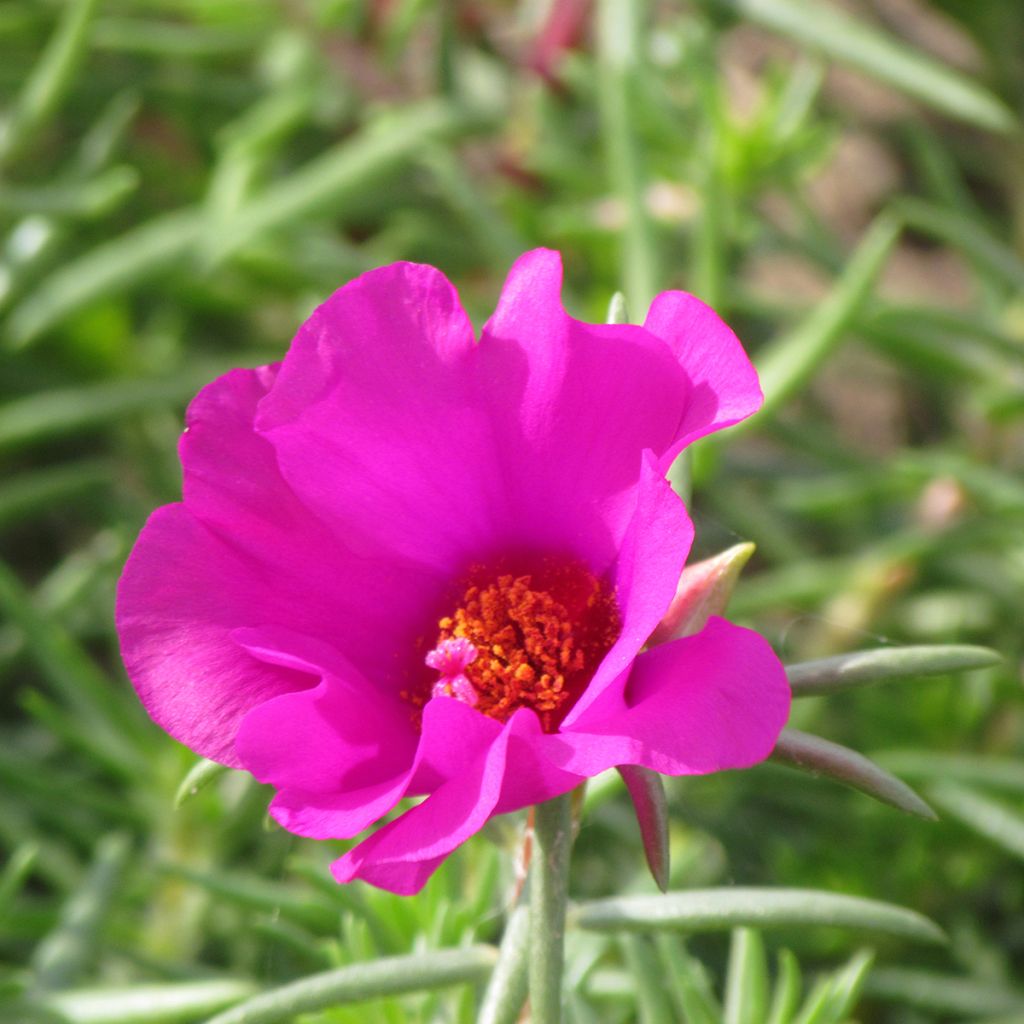

Graines de pourpier à grandes fleurs Single Ruby - Portulaca grandiflora
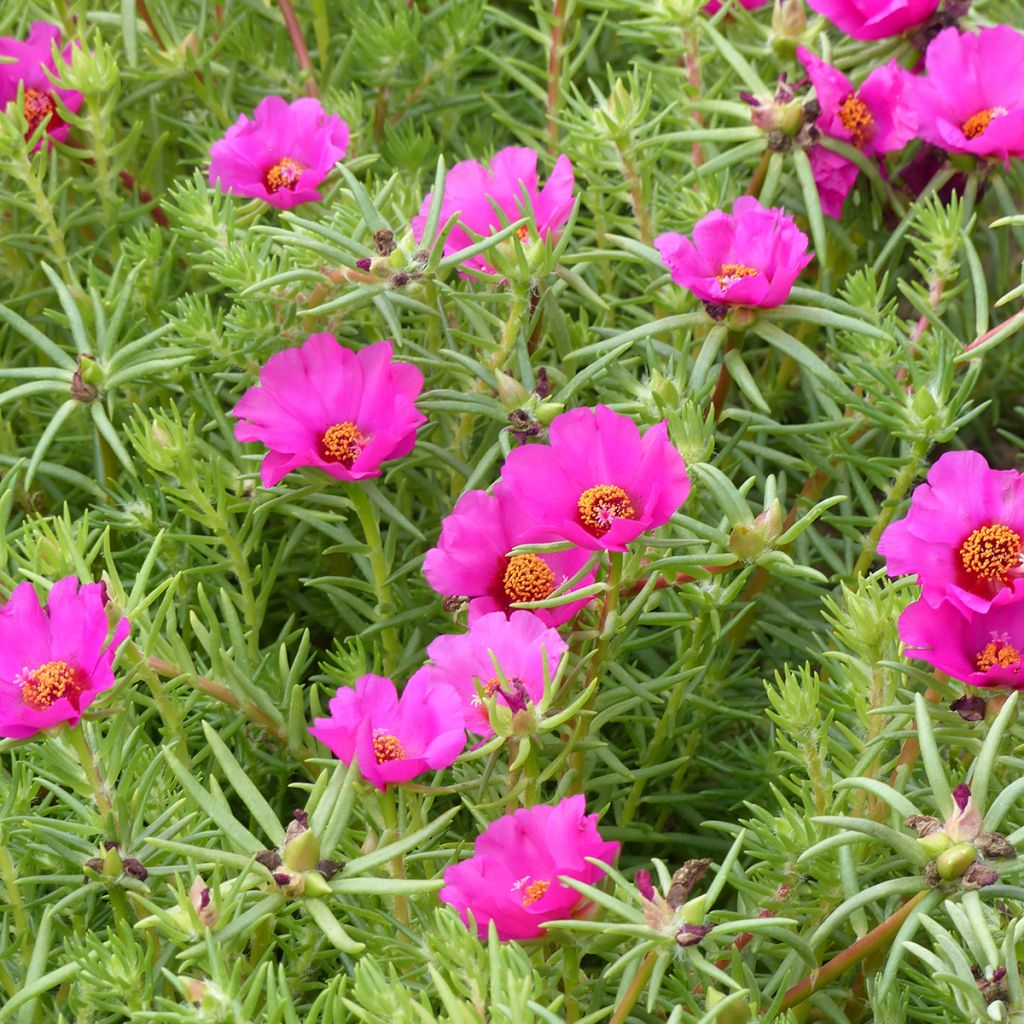

Graines de pourpier à grandes fleurs Single Ruby - Portulaca grandiflora
Portulaca grandiflora Single Ruby
Portulaca grandiflora Single Ruby
Moss Rose, Eleven O'Clock, Sun Plant, Rock Rose
Special offer!
Receive a €20 voucher for any order over €90 (excluding delivery costs, credit notes, and plastic-free options)!
1- Add your favorite plants to your cart.
2- Once you have reached €90, confirm your order (you can even choose the delivery date!).
3- As soon as your order is shipped, you will receive an email containing your voucher code, valid for 3 months (90 days).
Your voucher is unique and can only be used once, for any order with a minimum value of €20, excluding delivery costs.
Can be combined with other current offers, non-divisible and non-refundable.
Home or relay delivery (depending on size and destination)
Schedule delivery date,
and select date in basket
This plant carries a 6 months recovery warranty
More information
We guarantee the quality of our plants for a full growing cycle, and will replace at our expense any plant that fails to recover under normal climatic and planting conditions.
Would this plant suit my garden?
Set up your Plantfit profile →
Description
The Portulaca 'Single Ruby' is a selection of Portulaca with large flowers in bright red fuchsia. Its corollas bloom on a small plant with a low, spreading, and even trailing habit, making it perfect for rockeries and summer compositions. It is an annual plant with succulent foliage, particularly resistant to drought and salt spray, and not very demanding in soil, making it easy to grow. It flowers all summer long, bringing life to any setting. Perfect as a ground cover in rockeries, as well as in hanging baskets and exposed planters in full sun.
The Portulaca grandiflora 'Single Ruby' belongs to the Portulacaceae family. Its ancestor, the Portulaca with large flowers, also known as the Eleven o'clock flower, is a frost-tender annual herbaceous plant native to semi-desert areas of South America. It is a sun-loving species well adapted to hot locations and poor, particularly dry soils in summer. However, it cannot tolerate frost.
This 'Single Ruby' Portulaca quickly forms a prostrate clump of reddish, creeping and branching stems, reaching about 15 cm (6in) in height with a spread of 30 to 40 cm (12 to 16in). The cylindrical, thick, succulent stems bear clusters of small, elongated, lanceolate, fleshy leaves of a relatively light green colour, measuring 1.5 to 2 cm (1in) in length. Flowering occurs from June until September. The 2.5 to 3.5 cm (1in) diameter flowers comprise five slightly crinkled silk-like petals surrounding a beautiful bouquet of yellow stamens. They require full sun to bloom. The corollas appear as if placed on a carpet of moss, which gave the Portulaca its name "Rose Moss" in England. The drier the summer, the more the Portulaca flowers.
Plant the 'Single Ruby' Portulaca in rockeries, borders, hanging baskets, or pots on its own or with other annual flowers. Whether in large masses or small touches, this undemanding and cheerful plant will bring life to any sunny spot without much attention. Its semi-trailing habit makes an excellent temporary ground cover planted in borders and flower beds alongside plants that thrive in dry conditions. It pairs well with lavenders, sedums, oregano, and California poppies.
Report an error about the product description
Portulaca grandiflora Single Ruby in pictures
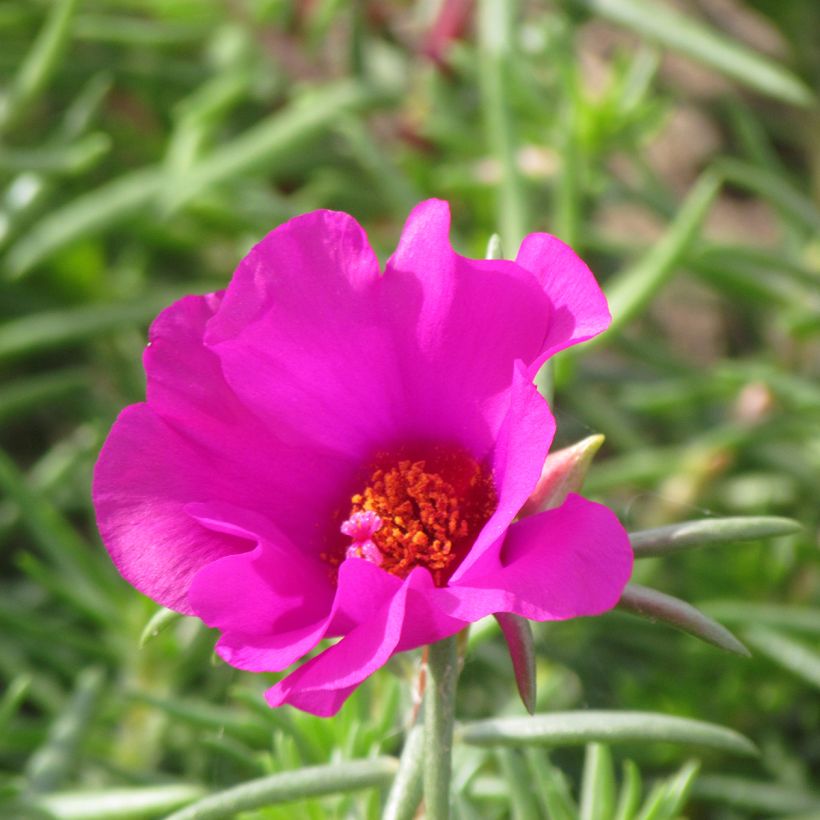

Flowering
Foliage
Plant habit
Botanical data
Portulaca
grandiflora
Single Ruby
Portulacaceae
Moss Rose, Eleven O'Clock, Sun Plant, Rock Rose
Cultivar or hybrid
Other Flower seeds A to Z
View all →Planting and care
Sow 'Single Ruby' Purslane from February to April in a greenhouse. Use a good quality potting soil, sieved on the surface to ensure the seed is well bonded to the substrate. Before sowing, lightly pack the soil with a board. Broadcast your seeds. Cover the seeds with a sprinkling of potting soil or vermiculite, pack lightly and water generously in a fine rain. Place your terrine in the light, out of direct sunlight, at a temperature of 18-21°C. Lower the temperature at night to 16°C to create an alternating temperature that is beneficial to germination.
The seeds will take 7 to 14 days to germinate. As soon as the plants can be handled, transplant them into 7 cm pots. Keep the mould moist, but not excessively so, during growth. Then, 15 days before they are finally planted out, start gradually acclimatising them to a temperature of 15°C.
After the last frosts, you can put your young plants outside, in the ground or in pots. Choose a sunny spot. Add a generous shovelful of potting soil to each planting hole. Space your plants 30 cm apart.
Remove spent flowers regularly to maintain their beauty and encourage the production of new flowers.
Sowing period
Intended location
Planting & care advice
This item has not been reviewed yet - be the first to leave a review about it.
Similar products
Haven't found what you were looking for?
Hardiness is the lowest winter temperature a plant can endure without suffering serious damage or even dying. However, hardiness is affected by location (a sheltered area, such as a patio), protection (winter cover) and soil type (hardiness is improved by well-drained soil).

Photo Sharing Terms & Conditions
In order to encourage gardeners to interact and share their experiences, Promesse de fleurs offers various media enabling content to be uploaded onto its Site - in particular via the ‘Photo sharing’ module.
The User agrees to refrain from:
- Posting any content that is illegal, prejudicial, insulting, racist, inciteful to hatred, revisionist, contrary to public decency, that infringes on privacy or on the privacy rights of third parties, in particular the publicity rights of persons and goods, intellectual property rights, or the right to privacy.
- Submitting content on behalf of a third party;
- Impersonate the identity of a third party and/or publish any personal information about a third party;
In general, the User undertakes to refrain from any unethical behaviour.
All Content (in particular text, comments, files, images, photos, videos, creative works, etc.), which may be subject to property or intellectual property rights, image or other private rights, shall remain the property of the User, subject to the limited rights granted by the terms of the licence granted by Promesse de fleurs as stated below. Users are at liberty to publish or not to publish such Content on the Site, notably via the ‘Photo Sharing’ facility, and accept that this Content shall be made public and freely accessible, notably on the Internet.
Users further acknowledge, undertake to have ,and guarantee that they hold all necessary rights and permissions to publish such material on the Site, in particular with regard to the legislation in force pertaining to any privacy, property, intellectual property, image, or contractual rights, or rights of any other nature. By publishing such Content on the Site, Users acknowledge accepting full liability as publishers of the Content within the meaning of the law, and grant Promesse de fleurs, free of charge, an inclusive, worldwide licence for the said Content for the entire duration of its publication, including all reproduction, representation, up/downloading, displaying, performing, transmission, and storage rights.
Users also grant permission for their name to be linked to the Content and accept that this link may not always be made available.
By engaging in posting material, Users consent to their Content becoming automatically accessible on the Internet, in particular on other sites and/or blogs and/or web pages of the Promesse de fleurs site, including in particular social pages and the Promesse de fleurs catalogue.
Users may secure the removal of entrusted content free of charge by issuing a simple request via our contact form.
The flowering period indicated on our website applies to countries and regions located in USDA zone 8 (France, the United Kingdom, Ireland, the Netherlands, etc.)
It will vary according to where you live:
- In zones 9 to 10 (Italy, Spain, Greece, etc.), flowering will occur about 2 to 4 weeks earlier.
- In zones 6 to 7 (Germany, Poland, Slovenia, and lower mountainous regions), flowering will be delayed by 2 to 3 weeks.
- In zone 5 (Central Europe, Scandinavia), blooming will be delayed by 3 to 5 weeks.
In temperate climates, pruning of spring-flowering shrubs (forsythia, spireas, etc.) should be done just after flowering.
Pruning of summer-flowering shrubs (Indian Lilac, Perovskia, etc.) can be done in winter or spring.
In cold regions as well as with frost-sensitive plants, avoid pruning too early when severe frosts may still occur.
The planting period indicated on our website applies to countries and regions located in USDA zone 8 (France, United Kingdom, Ireland, Netherlands).
It will vary according to where you live:
- In Mediterranean zones (Marseille, Madrid, Milan, etc.), autumn and winter are the best planting periods.
- In continental zones (Strasbourg, Munich, Vienna, etc.), delay planting by 2 to 3 weeks in spring and bring it forward by 2 to 4 weeks in autumn.
- In mountainous regions (the Alps, Pyrenees, Carpathians, etc.), it is best to plant in late spring (May-June) or late summer (August-September).
The harvesting period indicated on our website applies to countries and regions in USDA zone 8 (France, England, Ireland, the Netherlands).
In colder areas (Scandinavia, Poland, Austria...) fruit and vegetable harvests are likely to be delayed by 3-4 weeks.
In warmer areas (Italy, Spain, Greece, etc.), harvesting will probably take place earlier, depending on weather conditions.
The sowing periods indicated on our website apply to countries and regions within USDA Zone 8 (France, UK, Ireland, Netherlands).
In colder areas (Scandinavia, Poland, Austria...), delay any outdoor sowing by 3-4 weeks, or sow under glass.
In warmer climes (Italy, Spain, Greece, etc.), bring outdoor sowing forward by a few weeks.






























